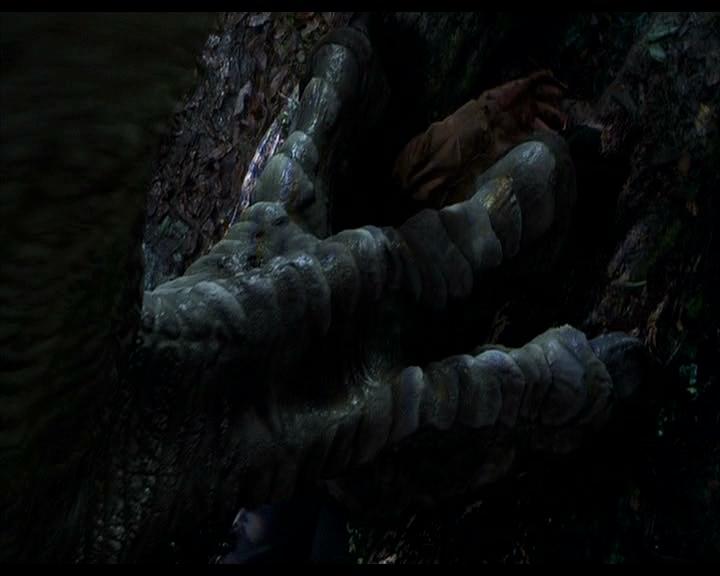Birds are living, breathing, tweeting dinosaurs. That is scientific knowledge backed up by overwhelming evidence, but the evidence basis for it grows strong all the time. We know that they are related from a host of morphological evidence from the last 150 million years or so. Our understanding of the origins of feathers and flight are developing too – each new finding is a piece that slots into a puzzle, where we already have a pretty good idea of what the picture we’re trying to recreate is. The evidence is mounting too with each new discovery – findings from China are rewriting the way we think about the evolution of feathers and flight, and the evolution of early birds from their dinosaurian ancestors.
Fly, my pretties, fly!
The origin of bird flight is one of the greatest stories evolution has ever told us in the history of life on this planet. To imagine how organisms that once ran around on the ground have descendants that soar through the skies is truly phenomenal, and represents a truly great leap in increasing the awesomeness of these animals. The secret of how it came about though is hidden away in the fossil record, with the mysterious tale ever-shifting as our understanding of early birds and feather precursors evolved.
Your track or mine?
How do you tell between different dinosaurs, when you don’t have any dinosaurs? Trace fossils, like footprints, are ghosts of dinosaurs past, remnants of life entombed within the rocks. Palaeontologists and ichnologists (scientists who study trace fossils, not fish) often used to get confused by the question of matching a dinosaur track to its maker. Dinosaur tracks are known from multiple localities all around the globe, but figuring out exactly which dinosaurs made them, or even what type of dinosaur, has always been a mystery. How do you tell the difference? A classic example of this uncertainty is between the tracks of ornithopod and theropod dinosaurs – both groups walked on two feet (bipedal, mostly – some ornithopods were variably quadrupedal), had the same size ranges, were clawed, and had three front toes (mostly). This means that often, the trackways looked quite similar, not just in terms of gross morphology, but also in the stride length, which tells us about how fast an animal was moving at the time.

Sometimes, the trackmaker can be a little easier to identify.. Source
It’s just a flesh wound!
Fossils, as we typically think about them, tell us about the death of an animal. The teeth, bones, shells, fragmented pseudopods and other weird and wonderful bits of carcass all only ever reflect one thing: a permanent geological limbo. These types of fossil are known as body fossils. The other major group of fossils, that are generally less common, less researched, less known about, but arguably more important for guiding our understanding of the history of life on Earth, are trace fossils. The study of trace fossils is called ichnology, and the fossils don’t represent death; they represent life, behaviour, activity. They can paint us a picture of a particular event in time, a scene from a play with ghosts of the actors and decayed fragments of script. We’re the audience and the directors, and we have to fill out the act, using the trace fossils draw the concluding freeze frame.

What can we tell about living dinosaurs from these multiple trackways? Source.
